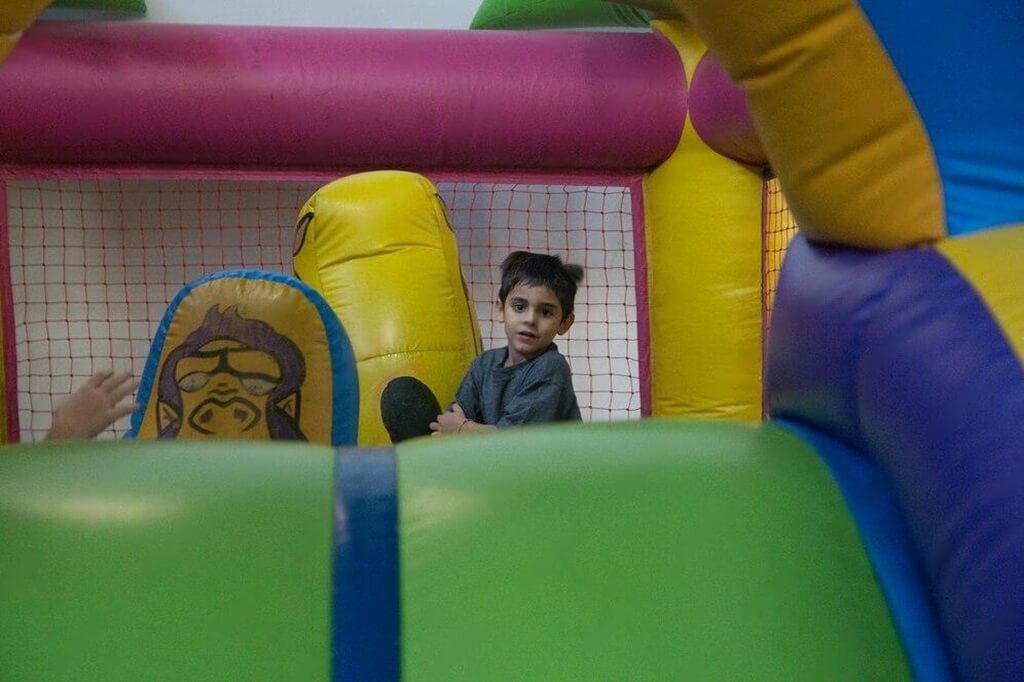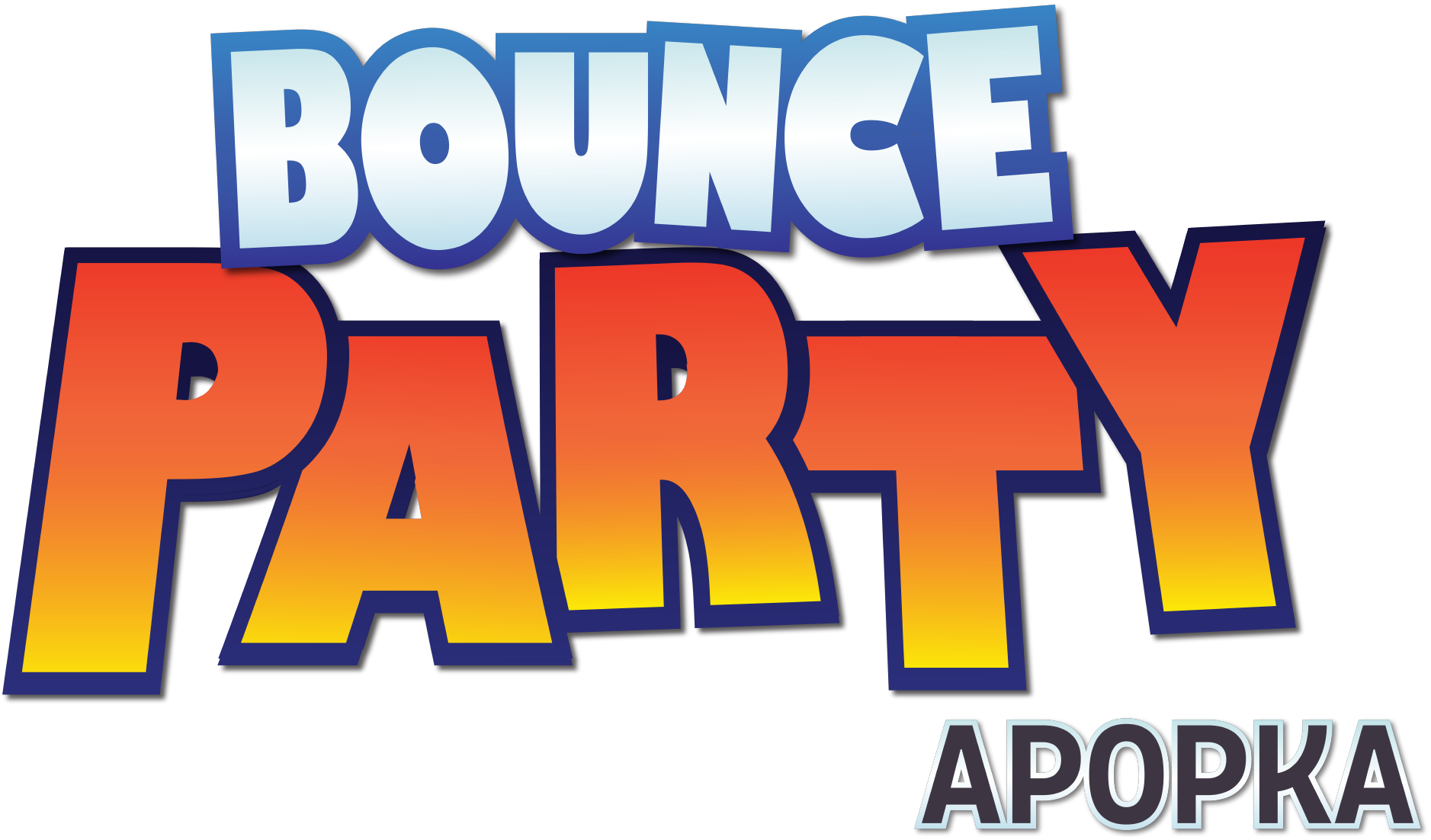Yes, you can use a bounce house indoors, and it’s an excellent way to bring joy and excitement to any event when outdoor space is limited or weather conditions are less than ideal. Setting up a bounce house indoors does, however, require careful planning and strict adherence to safety guidelines to ensure a fun and accident-free experience. By thoughtfully considering crucial factors such as adequate space requirements, sufficient ceiling height, appropriate flooring, and necessary safety precautions, you can successfully transform your indoor area into a thrilling and safe play zone for children and even adults alike. 

Considerations for Using a Bounce House Indoors
Bringing a bounce house indoors isn’t as simple as inflating it in your living room. There are several important factors to consider to make sure everything goes smoothly.Space Requirements
One of the most critical aspects of setting up a bounce house indoors is having enough floor space.- Sufficient Floor Space: Before deciding to bring a bounce house indoors, measure the dimensions of both the bounce house and the room. You’ll need to ensure that the bounce house fits comfortably within the space, allowing room for inflation and deflation.
- Extra Safety Space: It’s not just about fitting the bounce house into the room; you also need additional space around it. Experts recommend a minimum of five feet of clearance on all sides. This buffer zone prevents children from colliding with walls or furniture and provides space for safe entry and exit.
Ceiling Height
The vertical space is just as important as the horizontal.- Height Limitations: Standard ceilings in homes are typically around eight feet high, which may not be sufficient for most bounce houses. To prevent accidents, the ceiling should ideally be at least 2–3 feet higher than the maximum height of the bounce house when fully inflated.
- Preventing Accidents: Low ceilings increase the risk of children hitting their heads or damaging light fixtures. Make sure to account for any hanging objects like ceiling fans or chandeliers when measuring ceiling height.
Flooring and Surface
Can you use a bounce house indoors on any flooring? No, the type of flooring where the bounce house will be placed plays a significant role in safety and protecting your property.- Flat, Clean Surface: The floor should be level to prevent the inflatable bounce house from tilting or shifting during use. To prevent tripping risks and punctures, clear the area of any furniture, toys, or debris.
- Protective Floor Coverings: To safeguard your floors, especially hardwood or tile, place a durable tarp or mat beneath the bounce house. This not only protects the flooring but also provides extra cushioning.
Also Read: Are Bounce Houses Safe? – A Guide For Parents
Safety Precautions
Safety cannot be overstated when it comes to using a bounce house indoors.- Adult Supervision: An adult should always be nearby to supervise. They can monitor the number of children inside, ensure they’re following the rules, and intervene if necessary.
- Load Limits: Adhere strictly to the manufacturer’s recommended weight and occupancy limits to prevent overloading, which can cause structural failure.
- Regular Inspections: Before each use, inspect the bounce house for any signs of wear, tears, or leaks. Check the safety of all the Velcro fasteners and zippers.
Types of Bounce Houses Suitable for Indoor Use
Not every bounce house is suitable for indoor settings.- Indoor-Friendly Models: Look for bounce houses specifically designed for indoor use. These models are usually smaller, lighter, and have lower height profiles.
- Compact Designs: Some bounce houses come with features like foldable slides or detachable components, making them more adaptable to indoor spaces.
- Quiet Blowers: Consider models that include quiet operation blowers to minimize noise inside your home.
Tips for Setting Up an Indoor Bounce House
Proper setup is essential for both safety and enjoyment.- Pre-Setup Checklist: Before inflating, double-check the area for potential hazards, such as sharp objects, fragile decorations, or electrical outlets.
- Obstacle Clearance: Ensure ample space above and around the bounce house, keeping in mind any ceiling fans, hanging lights, or wall-mounted fixtures.
- Secure Anchoring: Properly anchoring the bounce house is crucial, even when set up indoors. Use sandbags or weights as per the manufacturer’s instructions to prevent them from shifting during play.
- Electrical Safety: Use a grounded extension cord if necessary, and make sure all cords are tucked away to prevent tripping.
We offer bounce house rentals in Apopka, Orlando, Ocoee, Winter Garden, Lake Mary, Winter Park, and many more cities in Florida. Contact us now to get the estimate.
